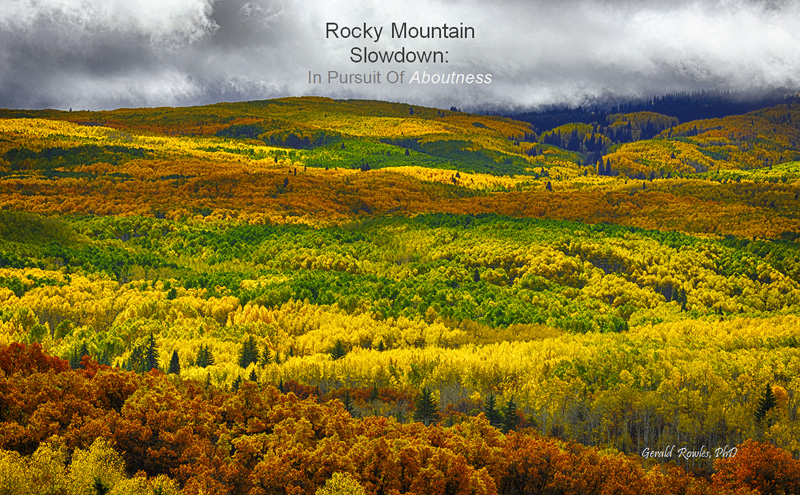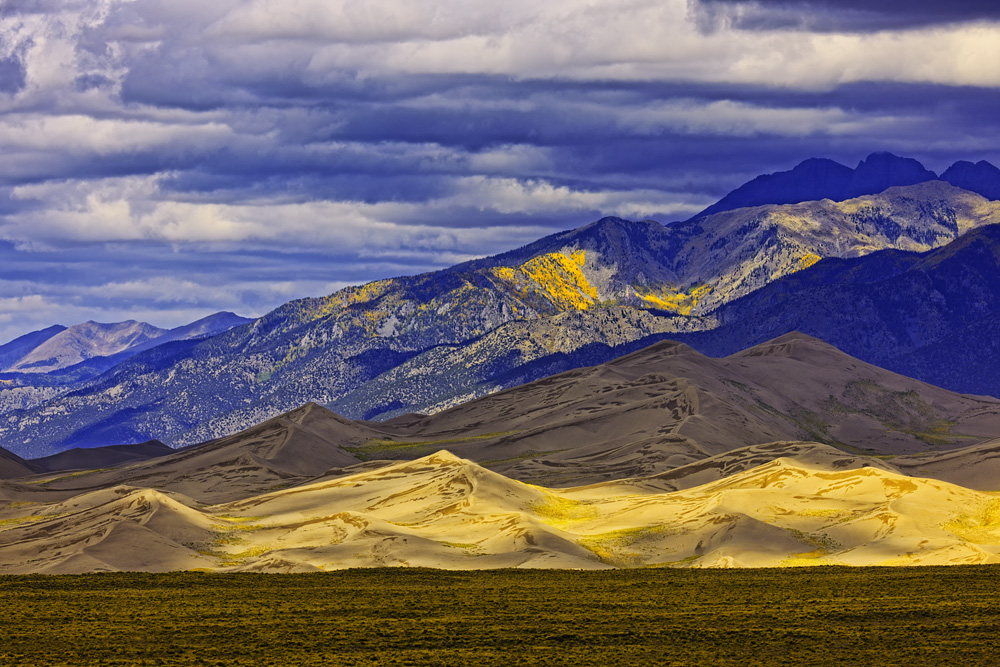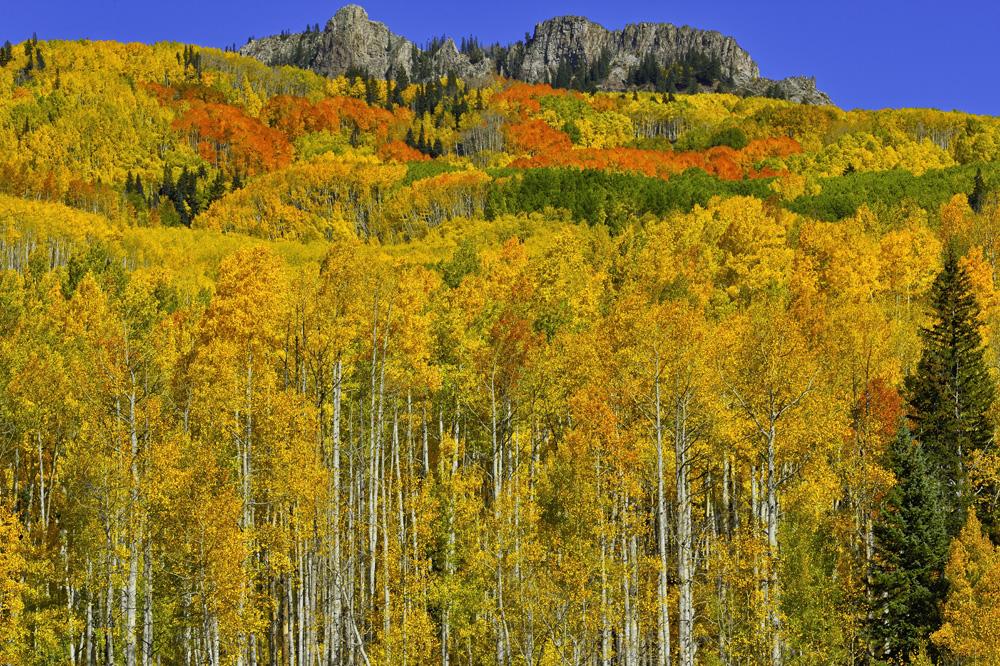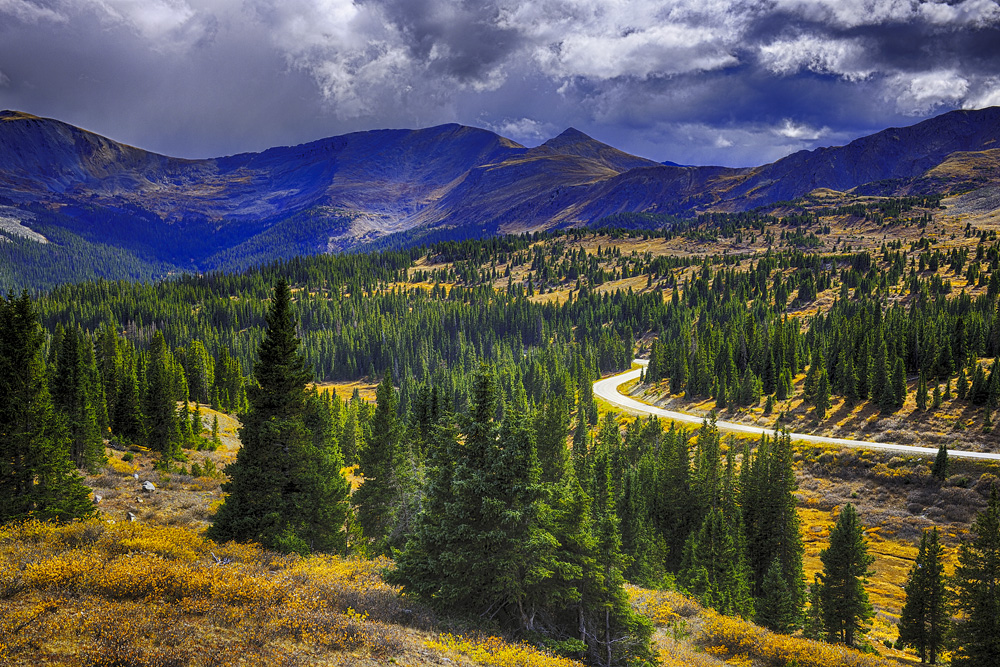 My earlier years' travels in Colorado were guided almost exclusively by my companions who had lived there awhile. Almost all of them worked in tourist services. They were waiters and waitresses, ski patrollers and instructors, bartenders and sommeliers, as well as a few dishwashers with PhDs who were ski-bumming between university and careers. All were exceptional athletes, me excluded. They, and I, had to deal with the same free-time constraints as any other worker, meaning that our range of travel was always time-limited. There were two exceptions; the tourist industry in the ski areas was only active for about 8 months of 12. So, for two months in the spring and two months in the fall our travel limits could be expanded according to weather and budget rather than employment limitations. Nevertheless, at any time throughout the year, the range of opportunities for exploration, camping, and fishing were more than plentiful within a 25 mile radius of our home base. All of this goes to say that there were many parts of Colorado and the Rockies that did not fall within my purview during those years; this leads to another salient, personal discovery. As noted earlier, my companions were athletes at heart - and it must be noted they were good-hearted folks as well, generously compelling in their intense companionship. Consequently the activities in which we engaged were athletically rather than aesthetically driven. The rugged topography of mountain trails and ski runs were viewed by my companions primarily as physical challenges to be overcome rather than aesthetic objects to be spiritually incorporated into one's consciousness. The aesthetics were but peripheral to conquering the physical. And so, the truisms about one's choice of companions being guiding, if not limiting, factors in life's experiences were born out. As a photographer, the aesthetic, spiritual and experiential have become my new, compelling companions. Searching out, capturing and expressing the balance in truth and beauty as I find and internalize it from my world is the driving force of my days. to an image of something. To me, those images that 'have spirit' are images about, and not images of." - Guy Tal, Author: More Than A Rock So for a period of two weeks I spent 14 hour days traveling to and throughout south-central Colorado, exploring the Great Sand Dunes, the Arkansas River Valley and the various canyons and 12,000 ft passes of the Sawatch Mountain Range. My timing turned out to be almost ideal for capturing the Autumn beauty of the three Cottonwood Canyon passes, Independence pass, the Ohio Creek pass, the Kebler and Schofield passes, and many points within those canyons and valleys. What I came away with, and have consolidated within this 248 page, 191 image, artful endeavor are my perceptual impressions expressed in both narrative and visual form. For those of you thinking of making your own foray to experience the Autumn extravaganza but remain uncertain of your target destination, the narration is specific enough to help plan your journey. In many cases you will find that you can stand in my virtual footprints to capture your own photos. The areas I visited capture some of the most remarkable scenery to be found in the Colorado Rockies, yet avoid the throngs that gather in some of the more reputably iconic (and expensive) locations. And at least 99% can be accessed in conventional vehicles. For the more energetic, almost every location is at the edge of a wilderness area with a vast array of trailheads for hikers and mountain bicycle athletes. In any event, it is my fervent hope that you will not find my book to be a limiting companion in either an aesthetic or athletic sense. Sample Images ... |




 © Gerald Rowles, PhD 2016
© Gerald Rowles, PhD 2016